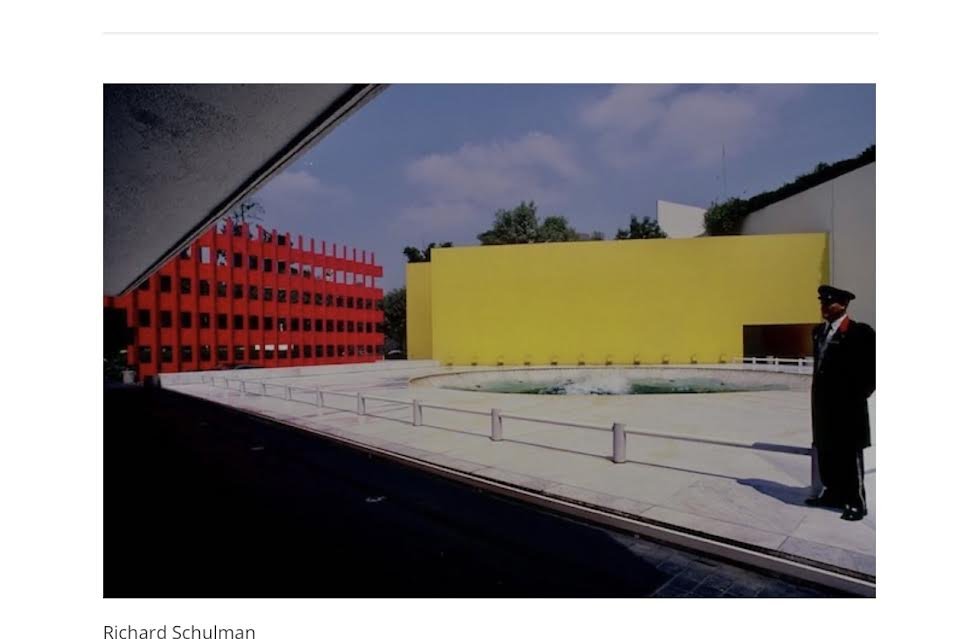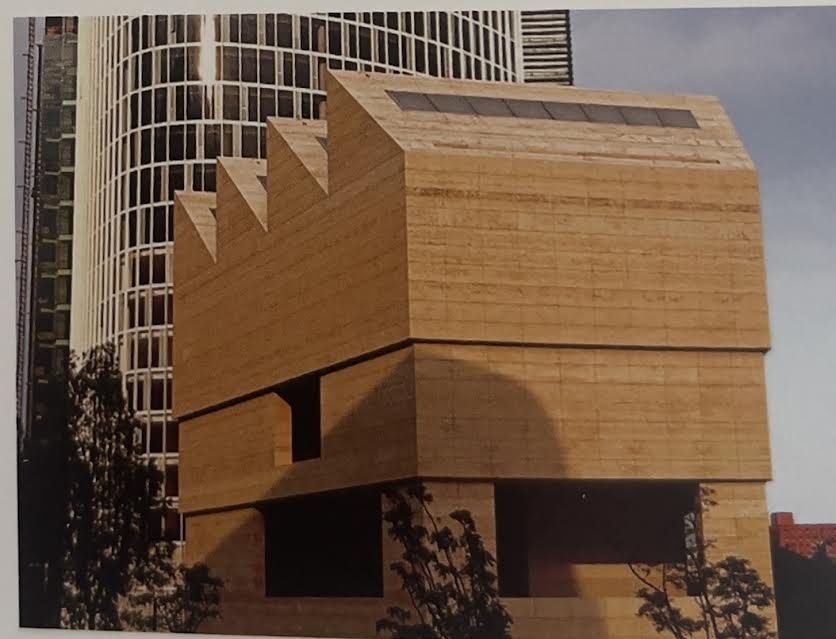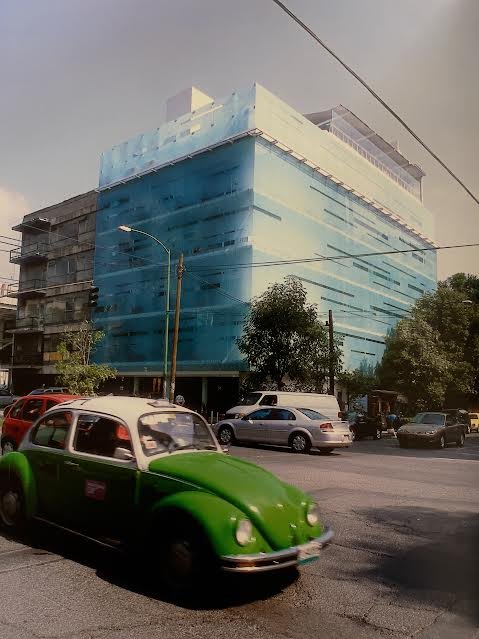Soumaya Museum by Fernando Romero
The Architecture of Cities: Mexico City
What if you were going
I maintain a holding pattern inside the tailwind behind my Kestrel.
Hovering with anticipation my hawk is set to ambush its prey. She retracts her flaps. We tethered our plumes together. The ambush was successful. We descended to Mexico’s earth as an arrow intended for its bulls eye.
Landing in Mexico City can be a nightmare for me. I find being alone is both a catalog of horrors and unimaginable discoveries of beauty. I have learned to find my way. My mind’s place is a beautifully horrific place to be. I must have a few demons. But it is my world.
When I entered the city, I saw Roberto Bolano’s words and essays dressed in blackened calligraphy imprinted across Mexico’s sidewalks and streets as far as one eye can see. I then hopscotched between the pages of stories I knew: So many Bolano stories real and fictional. I knew new adventures were near to my mind or my imagination.
Bolano’s ghost accompanied me to architect Ricardo Legorreta’s Camino Real Hotel. I photographed the hotel for my Volume 1 “Portraits of the New Architecture” book. Ricardo had been a prince when we met. What better way to start a journey: the mythic literary Latin of language resting in one side of my brain and the power of an architect’s kindness inhabiting the other side of my brain. I began my march.
Ricardo Legorreta’s Camino Real Hotel
Finding a photograph is about deploying my fundamental approach to every moment: zoom in to decide what to utilize and what to eliminate: Zoom out to determine what needs to be included. That is the part of the ammunition I will use to locate and shoot the architecture of Fernando Romero, David Chipperfield and more.
Every time I land in Mexico I always try and honor my stay with the memory of the opening credits to the Malcolm Lowry/John Huston movie; Under the Volcano. The “Day of the Dead” skeletal dancing shadows filmed for the movie is mesmerizing beautiful. This particular story begins on “The Day of the Dead”.
I will walk day and night to find the purpose and the angle to celebrate my visuals.
My first stop is to come face to face with Fernando Romero’s designed Soumaya Museum. Supposedly it is a bit controversial. But upon laying my eyes on it, my camera salivated. It was the perfect combination of material and shape to address.
I am not a critic. I am not a critic to identify where and what category defines the piece. I am only here to make something that will find a home in my “Portraits of the New Architecture” Volume 2.
Sometimes I feel not like Cartier-Bresson capturing the moment, but instead I feel like Ansel Adams.
There is a moment in so many of Adams’ pictures where if he didn’t press the shutter release he would have failed. Failing is never in a photographer’s vocabulary. But the realization that there was a better moment to fire your camera is always there. It is just not what a psychologists can rip from the photographer’s mind.
The shapes, shadows, materials, footprint, geographical location and colors always matter. But the personality of the light is king. The light doesn’t speak to everyone: But maybe a photographer can hear when the light matters?
Standing in front of Soumaya I stretched the limits of my body. I raced left and right. I pondered. I stood and let my mind fly. I looked in every direction until: I accidentally? Inadvertently? looked across the plaza down this particular road. It was so very colorfully quiet: so many loud shadows and shapes. I searched for an explanation; In time, Emily Dickinson would eventually come to mind:
“This quiet Dust, was Gentlemen and
Ladies,
And Lads and Girls;
Was laughter and ability and sighing,
And frocks and curls.”
I think that is what I saw.
How a moment is trumpeted for your ears and eyes will always be a mystery: Without a warning or another indication I turned and found my picture. I think that is what I know.
Today the the one clear thought comes to mind: I have looked at this image for years. The moment became more than a snap. I have rummaged thought my brains intricacies for a bit. I realized this/my Soumaya is a twenty-first century homage to Andrew Wyeth’s Christina’s World”. I think this is what I see; so I share.
My day needed some reward not for the image, but to celebrate an exhausting journey among so many historical and cultural thoughts, I settled on a place for lunch. I remember the second floor.
Museo Jumex By David Chipperfield
To this day I cannot remember the name of the place. I just remember the cold beer. I put the bottle to my forehead and spotted a window looking out to where I just came from shooting.
I remember the next moment: It was a sighting I had not anticipated. Almost as if a brick and mortar structure could wink; There stood Museo Jumex. This was my second agenda, to find David Chipperfield’s design. Yes, there it stood waiting. I kept asking myself if this was the best shot? But it didn’t matter. This was my second Ansel Adams in one hour. As Ansel would, as my mentor Julius Shulman would, I made a snippety-snap-snap.
Frieda Kahlo
Enrique Norten’s Hotel Habitat
Later that day and the next, I came back to both buildings to see if what I saw was all I needed. Yes, I made some more pics of both: It is sort of the obligation if possible to shoot more than you need. I realized I was finished two days prior.
Now I could dance with the skeletal shadows that welcomed me days before. Then I could sit with my Bolano ghost in tow and talk about anything he wished me to listen to.
I did have more to accomplish:
I needed to have a serendipitous moment running into Sir Norman Foster. I needed to revisit buildings I had previously photographed: Destinations for food and enjoyment.
I needed to crisscross the city for the premier Sangrita. I needed to revisit Kahlo, Rivera, Bravo and and happen upon somethings new.
The Home and Studio of Diego Rivera
Mexico is a city that welcomes the eyes. Yes every adventure is about acclimating the eyes to new light, new culture and more.
Random
It is impossible to share youth defined: But it is what I come back to for every camera adventure: I make photographs and travel to remember the first “aha” moment: To recall my youth and live tomorrow.







